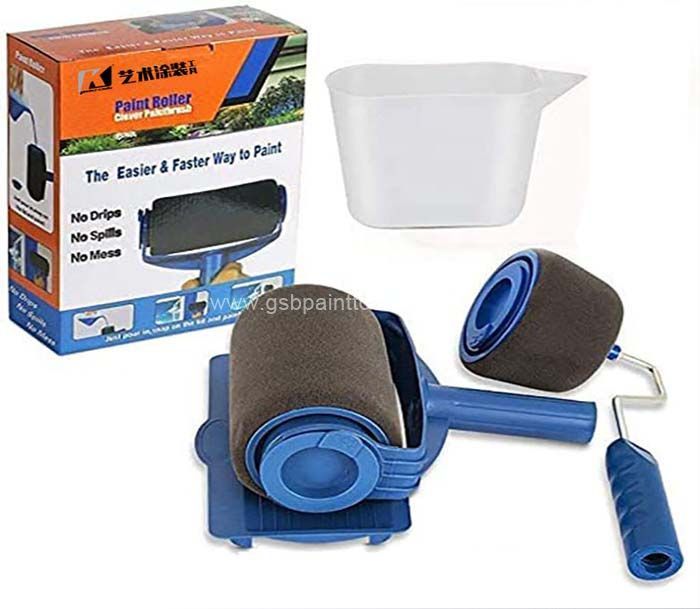What is the best roller for painting big jobs?
When tackling big painting jobs, choosing the right roller can make a significant difference in the efficiency and quality of your work. Let's explore some key considerations to help you select the best roller set for your large painting projects:
Roller Material and Nap Length
Synthetic Rollers: Synthetic rollers, made from materials such as nylon or polyester, are durable and versatile. They work well with both water-based and oil-based paints and provide smooth and even coverage. Synthetic rollers are suitable for a wide range of surfaces, including walls, ceilings, and smooth or lightly textured surfaces.
Natural Fiber Rollers: Natural fiber rollers, such as those made from lambswool or mohair, are best suited for oil-based paints and varnishes. They provide excellent paint pickup and release and are ideal for achieving a smooth and uniform finish. Natural fiber rollers are recommended for projects where a traditional or high-quality finish is desired.
Nap Length: The nap length of the roller refers to the thickness of the fibers on the roller cover. For large painting projects, opt for a roller with a longer nap length (typically between 3/8 inch to 1 inch). Longer nap lengths hold more paint and are better suited for textured surfaces, such as stucco or textured drywall, where greater paint coverage is needed.
Roller Size and Core Diameter
Roller Size: Choose a roller size that matches the scale of your painting project. For large surfaces, such as walls or ceilings, consider using wider rollers (typically 9 inches or 18 inches) to cover more area quickly. Larger rollers can help expedite the painting process and reduce fatigue during extended periods of painting.

Core Diameter: The core diameter of the Industrial paint roller refers to the diameter of the central tube around which the roller cover is wrapped. Opt for rollers with larger core diameters, as they hold more paint and require fewer refills, resulting in increased productivity and efficiency for large painting projects.
Roller Frame Design
Cage Frame: Cage frame roller frames feature a wire cage that holds the roller cover in place securely. They provide stability and support to the roller cover, preventing slipping or shifting during use. Cage frame roller frames are recommended for heavy-duty painting tasks and large surfaces where durability and control are essential.
Extension Pole Compatibility: Ensure that the roller frame is compatible with an extension pole, allowing you to reach high or difficult-to-access areas without the need for a ladder. Extension poles provide added reach and leverage, making it easier to paint ceilings, walls, and other overhead surfaces with ease.
Quality and Durability
Invest in high-quality rollers made from durable materials to ensure longevity and optimal performance. Look for roller covers with sturdy construction, securely attached nap, and durable core materials. Quality rollers may cost more upfront but can provide smoother application, better coverage, and longer-lasting durability, ultimately saving you time and effort in the long run.
Conclusion
When undertaking large painting projects, selecting the right roller is crucial for achieving professional results efficiently and effectively. Consider factors such as roller material, nap length, size, core diameter, frame design, and quality to determine the best roller for your specific needs. By choosing the appropriate roller for your project, you can streamline the painting process, minimize downtime, and achieve superior paint coverage and finish on large surfaces.

Comments
0